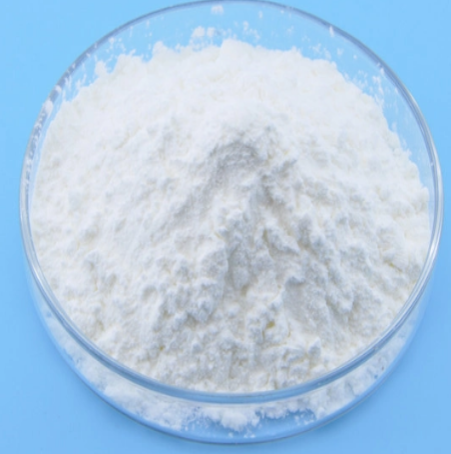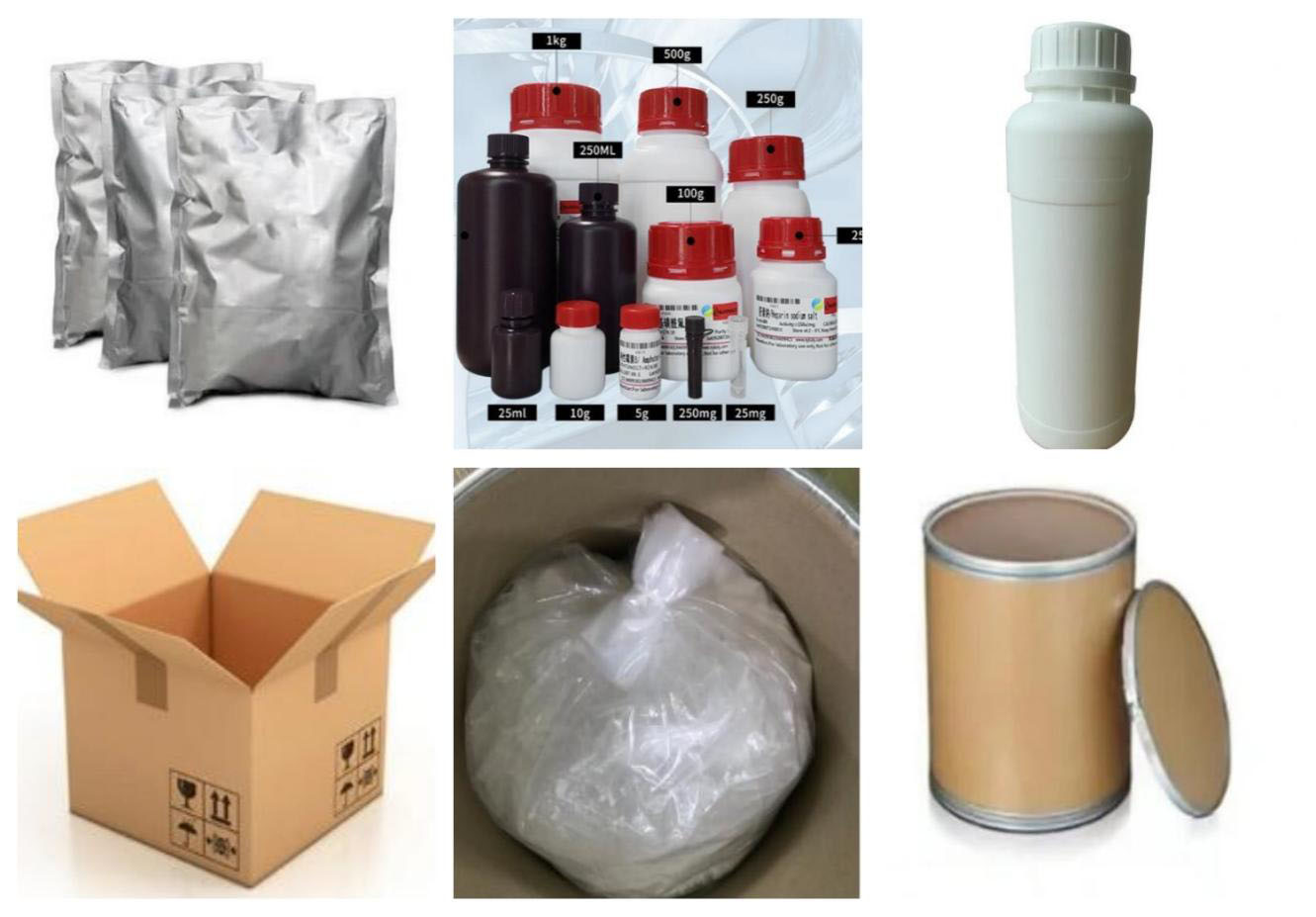Application and Effect
Glycosylation: The compound reacts with various acceptor molecules containing hydroxyl groups, such as alcohols or amines, to form glycosidic bonds. This allows the introduction of galactose onto the acceptor molecule, resulting in the synthesis of glycoconjugates, glycopeptides, or glycolipids. Biochemical and biological studies: The compound helps researchers study the biological functions and interactions of galactose-containing molecules. By selectively attaching galactose to proteins, peptides, or other biomolecules, researchers can investigate their roles in cellular processes, receptor-ligand interactions, and disease mechanisms. Drug delivery systems: The compound can be used to modify drug molecules with galactose residues, facilitating targeted drug delivery to specific tissues or cells. Galactose can act as a targeting ligand, recognizing specific receptors expressed on the surface of cells, particularly hepatocytes. By attaching galactose to drugs, researchers can enhance their selectivity and efficacy in targeted therapy. Vaccine development: Galactose-containing molecules play a crucial role in immune responses, as they are recognized by lectins present on immune cells. By conjugating antigens with galactose moieties using this compound, researchers can enhance immune responses and develop more effective vaccines. Chemical synthesis: The compound can be employed in various chemical syntheses where galactose modifications are required. This includes the preparation of complex carbohydrate structures, oligosaccharides, or glycomimetics, which can be further utilized in medicinal chemistry or as research tools.Product Sample


Product Packing:

Additional Information:
| Composition | C16H20Cl3NO10 |
| Assay | 99% |
| Appearance | White powder |
| CAS No. | 86520-63-0 |
| Packing | Small and bulk |
| Shelf Life | 2 years |
| Storage | Store in cool and dry area |
| Certification | ISO. |
